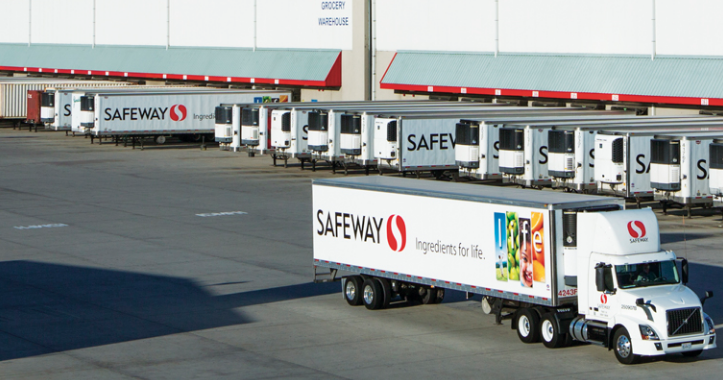Truck Driver Shortage Could Fuel Rising Grocery Store Prices
Major food giants Mondelez, Hershey Co., Nestle SA, Unilever, and Coca-Cola have recently announced they will need to raise prices in 2019 to offset higher freight and ingredient costs.
“They don’t really have any choice,” says John Kearney, CEO, Advanced Training Systems LLC. “The cost of shipping just keeps going up.” Kearney, whose company is a leading designer and manufacturer of virtual simulators for driver training, among other applications, adds, “A major factor in this is the driver shortage. There just aren’t enough people in the long-haul trucking workforce to get all these loads delivered.”
The scope of the problem has been apparent for more than a year. In early January, moving a truckload of refrigerated food from Washington State to New York was priced at about $8,450. Two weeks later, the same truck driving the same route was priced at close to $10,000, an 18% increase. And according to the U.S. Department of Agriculture, during the same period the cost of shipping food eastward from California had increased nearly 25% over the previous year.2
To some extent, notes Kearney, the U.S. transportation infrastructure is wrestling with a self-created problem. As U.S. economic growth has revved up in recent years, railroads and truck fleets have not expanded capacity to keep pace—a decision applauded by Wall Street. Between early 2017 and 2018, shares of CSX Corp., Norfolk Southern, and Union Pacific rose an average of 22% as they cut headcount, locomotives, and rail cars and lengthened trains to lower expenses and raise margins.3
Meanwhile, food manufacturers including Dean Foods, Tyson Foods, Hormel Foods, Kellogg, and US Foods cited rising transportation costs this year as a drain on earnings. At the beginning of 2018, according to online truck freight marketplace and industry analyst DAT Solutions, only one truck was available for every 12 loads that needed to be moved. By August, spot truck rates had increased 20% from a year previous to an average of $2.14 per mile, the highest average on record for the month. And in the second quarter, there was a record 296,311 driver vacancies.4
In its annual survey, the American Transportation Research Institute found that the number-one concern for motor carriers and the trucking industry in general is the lack of qualified drivers to carry the nation’s freight. According to the ATRI study, the industry needs to focus its efforts on two areas, retaining experienced drivers and—most important of all—attracting a steady stream of younger ones.5
A key element in attracting younger candidates, notes Kearney, is the growing use of simulator training as an adjunct to traditional behind-the-wheel (BTW) instruction. Just as in military and airline pilot training, the use of a simulator can teach the proper response to events too rare or too dangerous to be part of BTW instruction—in the case of a truck driver, a blowout of the steering tire or an unexpected patch of black ice.
“Trucking,” says Kearney, “is a well-paid occupation in urgent need of a new generation of well-trained and motivated drivers. Our mission at ATS is to bring together an opportunity and a rising workforce and, through technology and in partnership with our fleet and driving-school clients, help ensure a safe and prosperous future for American commerce and the drivers that serve it.”
Category: Driver Stuff, General Update, News











